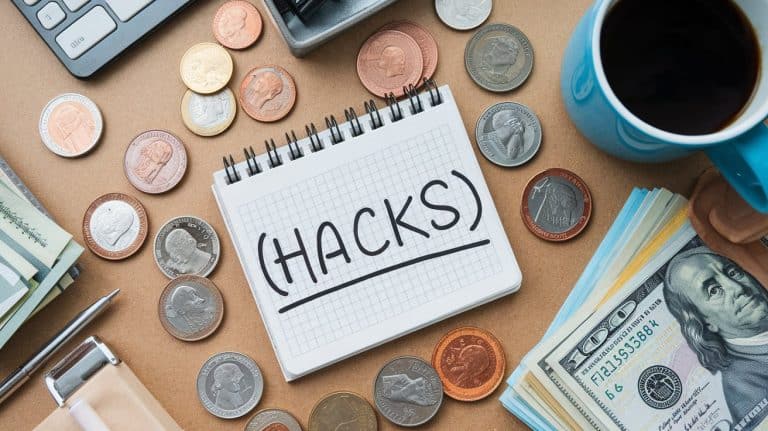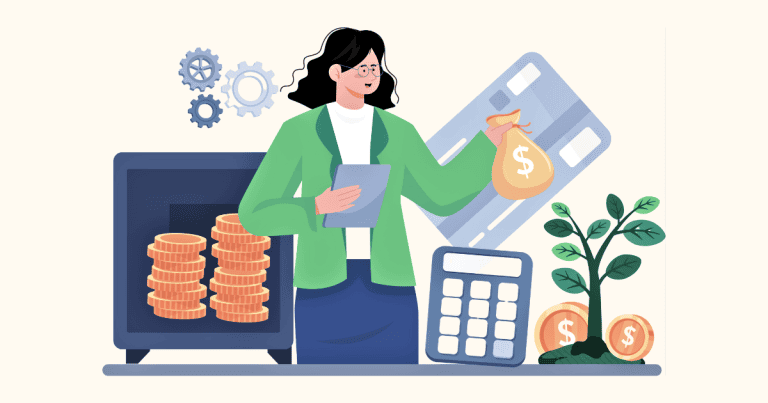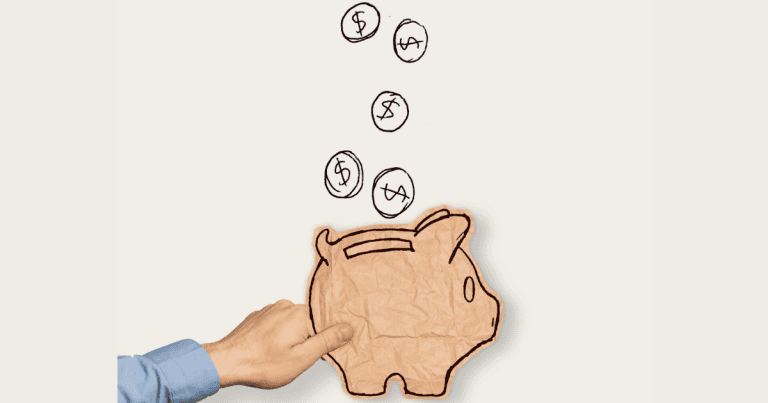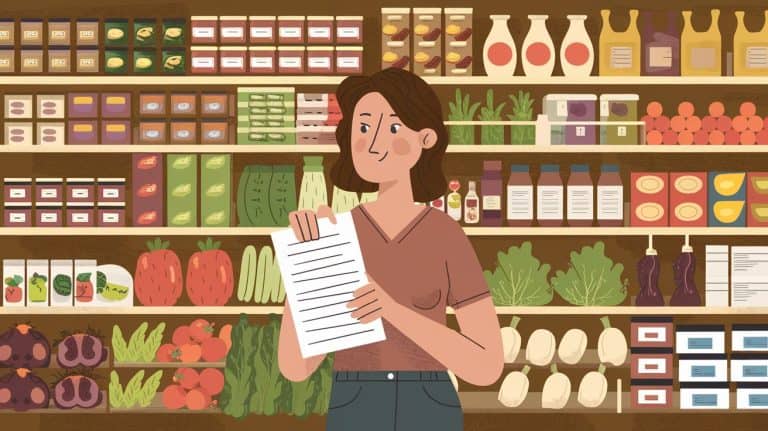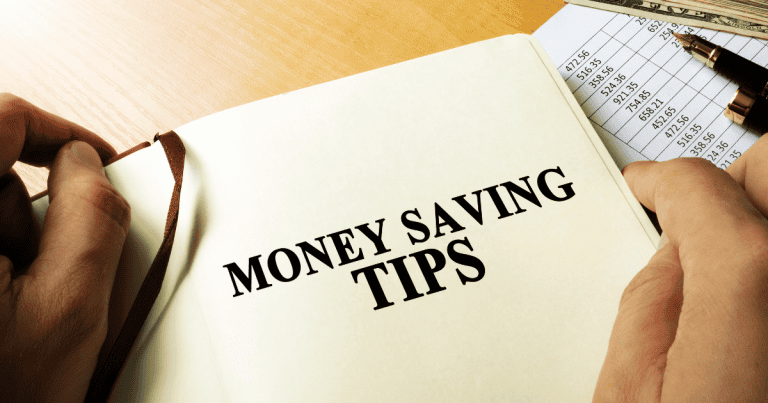12 Everyday Items You’re Wasting Your Money On Without Knowing
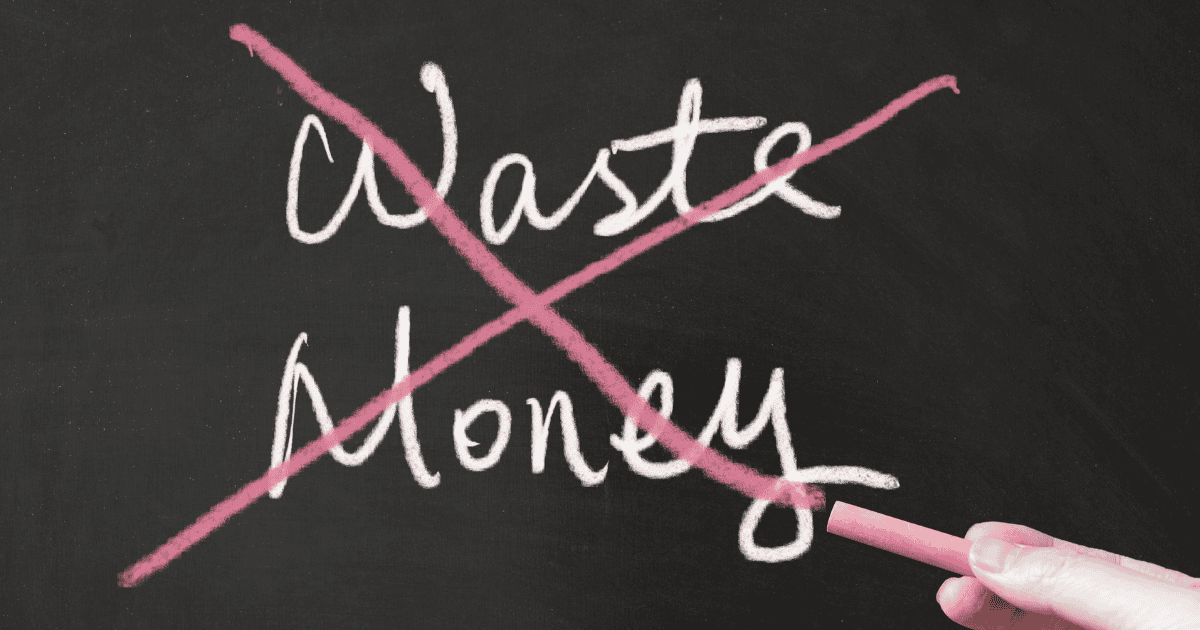
It’s not always the big purchases that drain your wallet, sometimes it’s the everyday items you barely notice. It’s crazy how easily those little costs add up. You’re scrolling through your bank statement, wondering where the heck your paycheck disappeared to, and suddenly it hits you: half of it went to stuff you don’t even care about. Luckily small adjustments can lead to more savings over time. Let’s break down 12 everyday things that are silently eating away at your wallet, and what you can do to stop the leak.
1. Bottled Water
Buying bottled water might seem harmless. It’s convenient, right? But at $1-$3 a pop, it’s one of the most overpriced everyday items out there. Consider this: a $10 reusable water bottle and a $20 home water filter can save you hundreds annually. Not to mention, it’s a win for the planet.
Bottled water’s convenience comes at a hidden cost, not just to your wallet but also to the environment. On average, Americans spend over $150 per year on bottled water, which could easily be cut down to zero. And let’s talk about plastic, billions of bottles end up in landfills or oceans annually, contributing to environmental degradation.
If you’re worried about the taste or quality of tap water, invest in a high-quality filter like Brita or Pur. Bonus points if you track how much you’re saving by ditching the bottled stuff. For portability, consider insulated bottles that keep water cool for hours. Make it a habit to carry one with you so you’re never tempted to grab a bottle at the checkout line.
2. Single-Use Coffee Pods
Ah, the allure of the single-serve coffee pod. They promise convenience, but let’s do the math, those pods can cost up to $50 per pound of coffee. Compare that to buying a bag of ground coffee for $10-$15.
The hidden downside is how these pods trap you in a cycle of waste and overspending. Not only are they expensive, but they also create unnecessary waste, most single-use pods aren’t recyclable, meaning they go straight to the landfill. Over a year, a daily coffee pod habit can cost you upwards of $400, compared to less than $100 for a traditional coffee maker and grounds.
Invest in a reusable coffee pod or a French press. Not only will you save money, but you’ll also cut down on waste. Plus, you can experiment with fancy coffee blends and feel like a barista in your own kitchen.
3. Pre-Cut Fruits and Vegetables
We’ve all been there, grabbing a $5 tub of pre-sliced pineapple because it’s convenient. But guess what? You’re paying a premium for something you could do in five minutes with a $10 knife.
While pre-cut fruits and veggies save time, they also spoil faster due to their exposure to air and bacteria. This means you’re not only spending more upfront but also risking waste if you don’t eat them quickly. Whole produce, on the other hand, lasts longer and gives you more flexibility in how you use it.
Buy whole fruits and veggies, then prep them yourself. Dedicate a little time on Sunday to slicing and dicing. Store them in clear containers so they’re easy to grab during the week. It’s like meal-prepping but for snacks. If you’re short on time, consider freezing pre-cut fruits and veggies for smoothies or soups.
4. Brand-Name OTC Medications
Pain relievers, allergy meds, and cold remedies, the brand names may look more legit, but they’re often identical to the generic versions. Same active ingredients, same dosage, but sometimes double the price.
Marketing and branding play a huge role in convincing people that brand-name meds are superior, but it’s a myth. Generic options are regulated to meet the same safety and efficacy standards as their brand-name counterparts. The only real difference? The packaging and price tag.
Always check the label. If the ingredients are the same, go generic. You’re literally paying extra for marketing. And if you’re unsure, ask your pharmacist for advice, they’ll usually recommend the most cost-effective option.
5. Cable TV Packages
With all the streaming services available, why are you still paying $100+ a month for cable? Chances are, you’re watching 10% of the channels you’re paying for.
Cable companies often bundle channels to justify their high prices, but the reality is you’re unlikely to watch most of what you’re paying for. Plus, with streaming platforms offering live TV options, there’s rarely a need for traditional cable anymore.
Cut the cord. Try streaming platforms like Hulu, Netflix, or even free ones like Tubi. Pair a couple of services to cover your bases, and you’ll still save big. For sports fans, look into specialized platforms like ESPN+ or YouTube TV.
6. Subscription Services You Don’t Use
Subscriptions are sneaky. They start with a free trial or a low introductory price, and before you know it, you’re shelling out money every month for something you barely use. It’s a classic case of out-of-sight, out-of-mind spending.
It’s easy to lose track of what you’re subscribed to when payments are automated. Over time, these forgotten subscriptions can drain hundreds of dollars annually. Streaming, fitness apps, magazines, and meal kits, they all add up.
Audit your subscriptions every three months. Cancel anything you haven’t used in a month. Apps like Truebill can help identify and manage these sneaky charges. Alternatively, use prepaid gift cards for trials so you’re not charged if you forget to cancel.
7. Fancy Kitchen Gadgets
It’s tempting to grab that avocado slicer, pineapple corer, or milk frother when you see them advertised as must-have kitchen tools. But unless you’re a professional chef or making cooking videos for a living, most of these gadgets end up collecting dust in a drawer. They’re often single-use items that take up space and rarely justify their price tag.
Many of these gadgets can be replaced with a simple knife or basic tools you already own. For example, a sharp knife works just as well as an avocado slicer and can tackle many other tasks. Specialty gadgets often lure you in with convenience, but the truth is, you’ll use them a handful of times before forgetting they exist.
Before buying any new kitchen gadget, ask yourself if you’ll use it at least once a week. If the answer is no, skip it. Focus on versatile tools like a good chef’s knife, a sturdy cutting board, and a blender that can handle multiple tasks. You’ll save money and counter space in the long run.
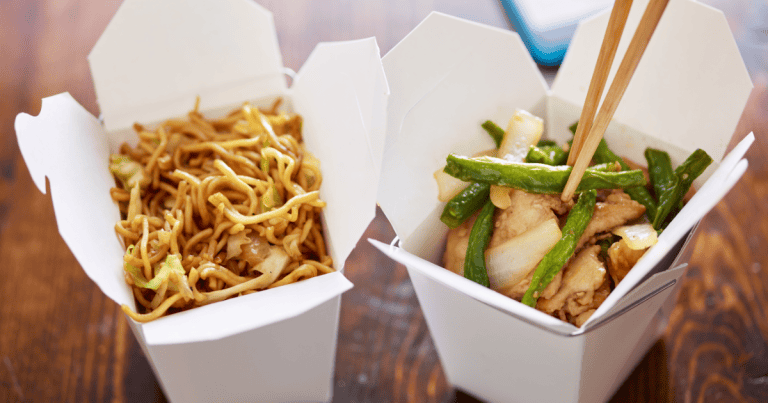
8. Takeout Lunches
Grabbing lunch on the go is tempting, especially when you’re pressed for time. But spending $10-$15 a day on takeout adds up fast. Over a month, that could easily cost you $300 or more, which is money that could be put to better use.
Beyond the financial hit, takeout meals are often less healthy and packed with hidden calories and sodium. Preparing your own meals not only saves you money but also gives you control over what you’re eating.
Start meal-prepping at home. Dedicate a couple of hours each week to prepare lunches you can grab and go. Invest in good-quality containers to keep your meals fresh. If time is tight, consider simple recipes like salads, sandwiches, or pasta dishes that are easy to assemble and cost a fraction of takeout prices.
9. Greeting Cards
$5-$10 for a piece of cardstock with someone else’s words? Hard pass. Greeting cards are sentimental, sure, but they’re also shockingly overpriced.
It’s not just the cards, gift bags, tissue paper, and fancy ribbons also add unnecessary costs. While they’re nice touches, they often end up in the trash within hours.
Make your own cards or go digital. Sites like Canva let you design beautiful e-cards for free. If you’re set on the real thing, buy multipacks at a discount store. Better yet, write a heartfelt letter, it’s more personal and costs nothing.
10. Paper Towels
Using paper towels for every spill and cleanup is like throwing money in the trash. A single roll can cost $2-$3, and the costs stack up fast.
Think about how many paper towels you go through in a week. Multiply that by 52 weeks, and the annual cost is staggering. Plus, the environmental impact of all that waste is significant.
Switch to reusable cloths or microfiber towels. They’re just as effective and can be tossed in the wash after each use. Keep a stash handy in your kitchen and bathroom for easy access. For extra messy cleanups, repurpose old T-shirts into rags.
11. Extended Warranties
Retailers push these hard, but they’re rarely worth it. Most products either don’t break within the warranty period or are already covered under a manufacturer’s warranty.
Extended warranties are often overpriced and riddled with fine print that limits what they actually cover. In many cases, the cost of the warranty exceeds the potential repair costs.
Skip the extended warranty and put that money into a small emergency fund instead. If something breaks, you’ll have the cash to replace or repair it. Also, check if your credit card offers purchase protection, many do, at no extra cost.
12. Designer Cleaning Products
Sure, the lavender-scented, eco-friendly cleaner looks chic on your countertop, but is it worth triple the price of a generic brand? Most cleaning products have the same active ingredients, regardless of branding.
Designer products often charge a premium for aesthetics and perceived quality. However, with a little DIY effort, you can make your own effective cleaners at a fraction of the cost.
Opt for generic or make your own cleaning products. A mix of vinegar, baking soda, and water can handle most household messes for pennies. Add a few drops of essential oil for fragrance, and you’ve got yourself a budget-friendly, eco-friendly cleaner.
Conclusion
Small expenses can have a big impact when left unchecked. By identifying these everyday items that quietly drain your wallet, you’re taking the first step toward smarter spending. Remember, financial freedom isn’t just about cutting costs, it’s about prioritizing what matters most to you. With a little creativity and planning, you can redirect those savings toward your goals, whether it’s traveling, building an emergency fund, or simply enjoying life with less stress.

